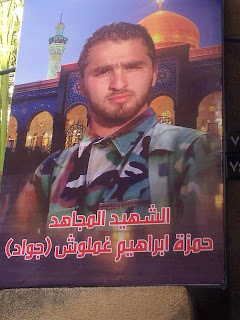The majority of journalists (if not all), who are reporting about the revolution in Syria, confuse between Jabhet al-Nusra and the Islamic State of Iraq & Levant, as they view both of them as a branch of al-Qaeda. For that reason , I decided to clear this up in this blog .
First of all it is important to explain the mechanism that take for a faction to be part of al-Qaeda franchise. This is normally valid after an exchange of pledging allegiances 'Bay'ah' between the 'emir' or Chef of a faction and the current leader of al-Qaeda
This incident happened many times, as it occurred with al-Shabab al-Mujahdin faction in Somalia , with al-Qaeda in Mesopotamia in Iraq and recently with the Chef of Jabhet al-Nusra faction "al-Fateh al-Jolani". However, there is no return public Bay'ah by Dr. al-Zawahri to Jabhet al-Nusra yet. On the other hand ,this was not the case with Islamic State of Iraq or later with Islamic State of Iraq & Levant whom did not give 'Bay'ah' to Dr. al-Zawahri .
As a consequence of this Bay'ah, recently a modified banner start circulating by Jabhet al-Nusra members hold additional texts "al-Qaeda Organization in Levant" or "Qaedet al-Jihad in Levant".
As this could indicate that Dr. al-Zawahri already gave a private 'Bay'ah' and probably a public one is about to be given.
First of all it is important to explain the mechanism that take for a faction to be part of al-Qaeda franchise. This is normally valid after an exchange of pledging allegiances 'Bay'ah' between the 'emir' or Chef of a faction and the current leader of al-Qaeda
As a consequence of this Bay'ah, recently a modified banner start circulating by Jabhet al-Nusra members hold additional texts "al-Qaeda Organization in Levant" or "Qaedet al-Jihad in Levant".
It also started to be seen in their announcements:
 2:23 PM
2:23 PM
 Unknown
Unknown
























